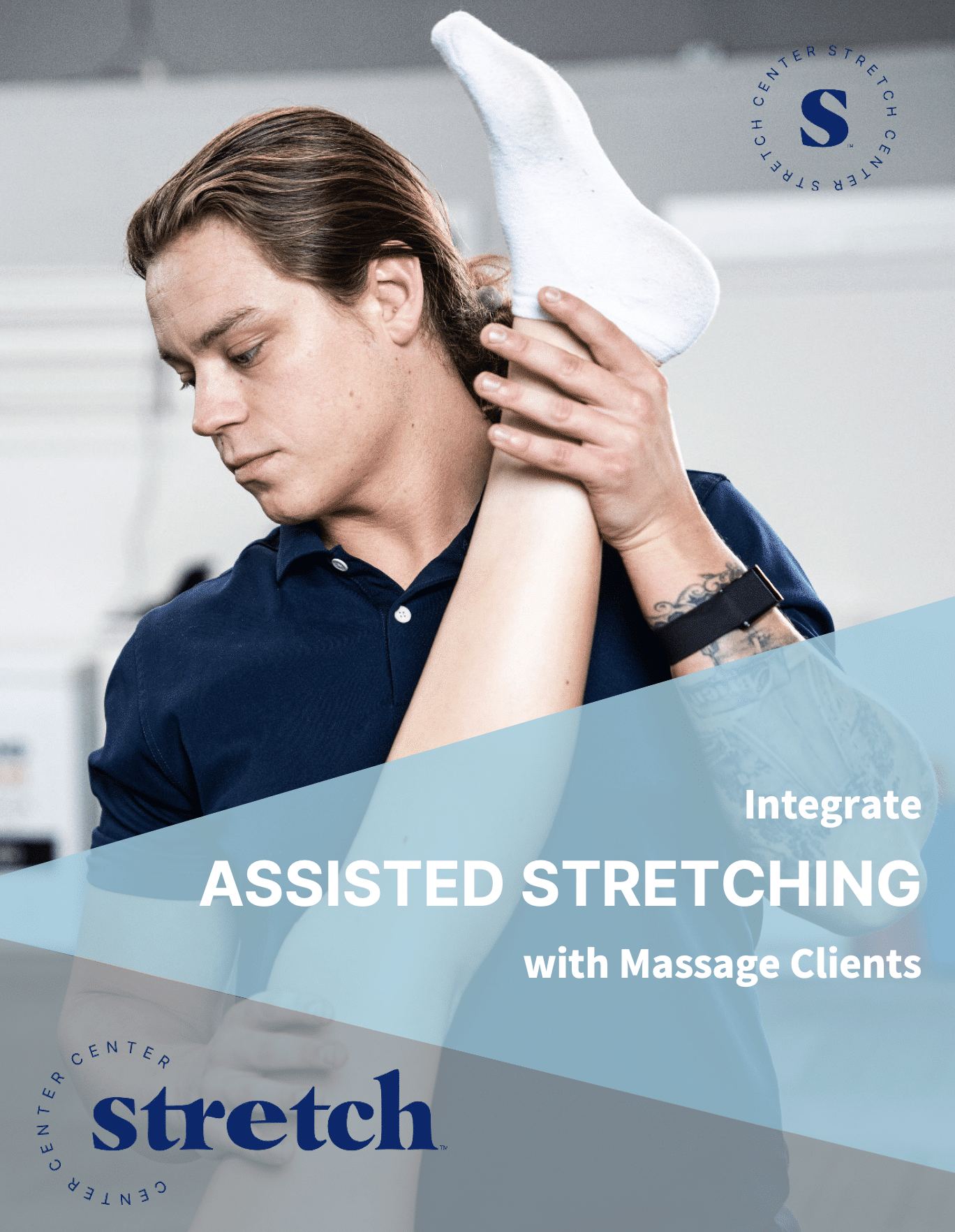Upper Crossed Syndrome (commonly referred to as tech neck) is a postural imbalance characterized by rounded shoulders and a forward head posture. This condition is increasingly prevalent due to prolonged periods of sitting and excessive screen time, often a result of working long hours at a computer. The posture associated with Upper Crossed Syndrome places undue stress on the neck, shoulders, chest, and upper back, leading to discomfort, reduced mobility, and even chronic pain. Incorporating a routine of targeted stretching and strengthening exercises is key to alleviating symptoms and restoring proper posture.
Stretching is particularly beneficial for addressing the tight and overactive muscles associated with Upper Crossed Syndrome. These include the pectoralis major and minor, the anterior deltoid, the upper trapezius, neck extensors, and the levator scapulae. Stretching these muscles helps to lengthen and relax them, reducing the pull they exert on the shoulders and neck. For instance, chest-opening stretches and upper trapezius stretches can alleviate the tension that contributes to the forward head posture and rounded shoulders. Regular stretching not only provides immediate relief, but also improves long-term flexibility and range of motion.
Equally important is strengthening the weakened and underactive muscles that result from Upper Crossed Syndrome. These muscles include the deep cervical flexors, which support the neck, and the rhomboids and lower trapezius, which help retract and stabilize the shoulder blades. Strengthening exercises, such as chin tucks, scapular retractions, and rows, are essential for rebalancing the muscular system. By focusing on both stretching tight muscles and strengthening weak ones, individuals can correct postural imbalances, reduce pain, and prevent the progression of tech neck. This balanced approach not only enhances physical function but also contributes to overall well-being by promoting better alignment and reducing the risk of related complications, such as headaches and nerve compression.
Assisted stretching can be particularly beneficial for individuals with Upper Crossed Syndrome. A trained Stretch Therapist can provide targeted stretches that address tight muscles more effectively than self-stretching alone. Assisted stretching helps to ensure proper technique and alignment, reducing the risk of overcompensation by other muscle groups. Additionally, a Stretch Therapist can help access deeper stretches for areas like the neck, chest and shoulders, which are often difficult to release independently. This hands-on approach accelerates flexibility improvements and provides immediate relief from tension, allowing individuals to experience better posture and reduced discomfort more quickly.





